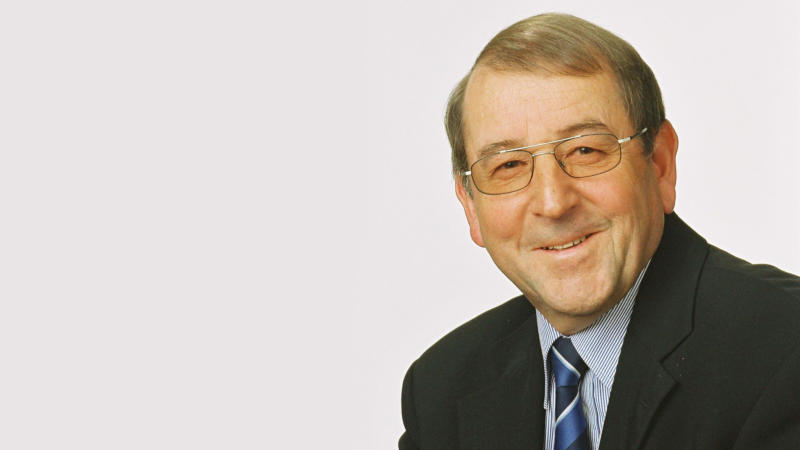“I was always riled by the fact that the bending machine wasn’t stable” …
… remembers Kurt Jorns, the founder of Jorns AG and developer of the machine frame. After all, a bending machine weighs several tons and has to get to the customer safely and be installed there correctly to produce exact bending results. In the 1970s, the qualified master mechanic Kurt Jorns was still installing bending machines at his customers’ premises himself – and he had an idea.
read moreTinsmiths on their way from “yesteryear into the digital age”
Are you perhaps standing at this crossroads: go digital – or business as usual? Some tinsmiths with the highest commitment to quality are still working with methods that date from yesteryear. And this, even though know-how and digital tools and equipment already exist for a future-oriented overall solution.
read moreJorns has something against deformations and inaccuracies
The machine manufacturer Jorns has something against deformations at the end of profiles during the bending of profiles or closing parallel open hems: the dynamic positioning function. It compensates deformations, ensuring exact bending results and ‘wow’ effects in the tinsmith’s workshop.
read moreA short history of the bending machine – Part 2
From mechanical sheet metal processing in the 18th century to the fully automated double bending machine of the digital age. The history of the bending machine continues.
read moreA short history of bending machines – Part 1
From the beginnings of sheet metal processing to the first bending devices in the Middle Ages. The history of bending machines actual starts way back in ancient times.
read moreFolding rule v. back stop in bending technology – a comparison
Learn what a folding rule is still good for and where a back stop already works automatically in our comparison of a folding rule versus a back stop – with all of the advantages and disadvantages.
read more






